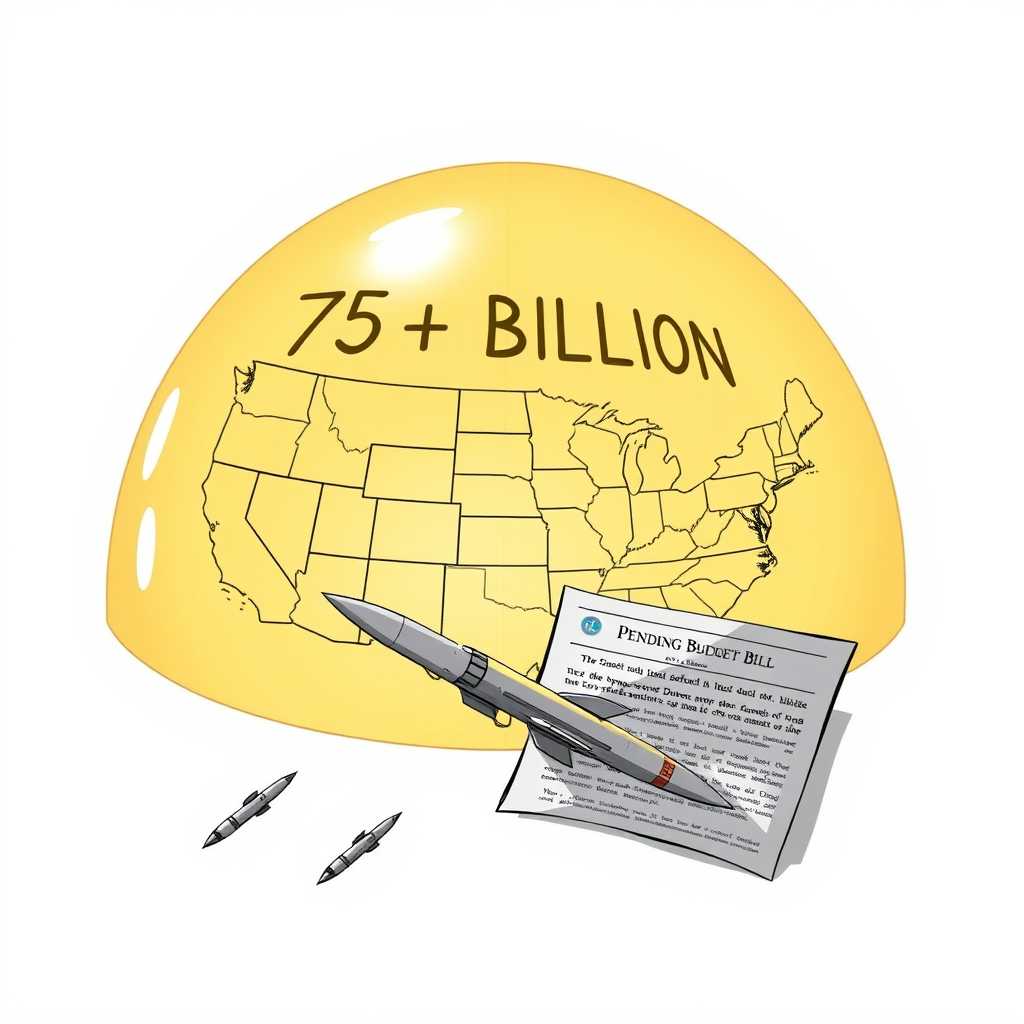Trump’s Golden Dome Defense Plan Faces Hurdles

President Trump has committed to completing a nationwide missile defense system, dubbed the “Golden Dome,” before the end of his term, a project estimated to cost significantly more than the initially stated $175 billion. Independent experts suggest the final price tag could exceed $500 billion, raising questions about feasibility within the current presidential term. Currently, $25 billion has been allocated within a pending budget bill awaiting Congressional approval.
The initiative, formalized through an executive order issued January 27th, directs the Pentagon to develop a “next-generation missile defense shield” specifically designed to counter hypersonic weapons and other advanced aerial threats, which the order identifies as the “most catastrophic threat facing the United States.”
While the ambition to bolster national security is understandable, the sheer scale and projected cost of the “Golden Dome” raise serious concerns. The significant cost overrun predicted by experts suggests a lack of realistic planning or a deliberate underestimation of expenses. Furthermore, the aggressive timeline for completion appears overly optimistic, given the complex engineering and logistical challenges inherent in deploying such a comprehensive defense system nationwide.
The focus on countering hypersonic weapons is strategically sound, as these advanced systems pose a genuine and evolving threat. However, the effectiveness of any defense system hinges not only on technological capabilities but also on thorough testing and integration. A rushed deployment, driven by political expediency rather than practical considerations, could ultimately prove ineffective and a wasteful expenditure of taxpayer dollars. A balanced approach, prioritizing realistic timelines, rigorous testing, and transparent cost analysis, is crucial to ensuring the “Golden Dome” – or any national defense system – truly enhances national security.